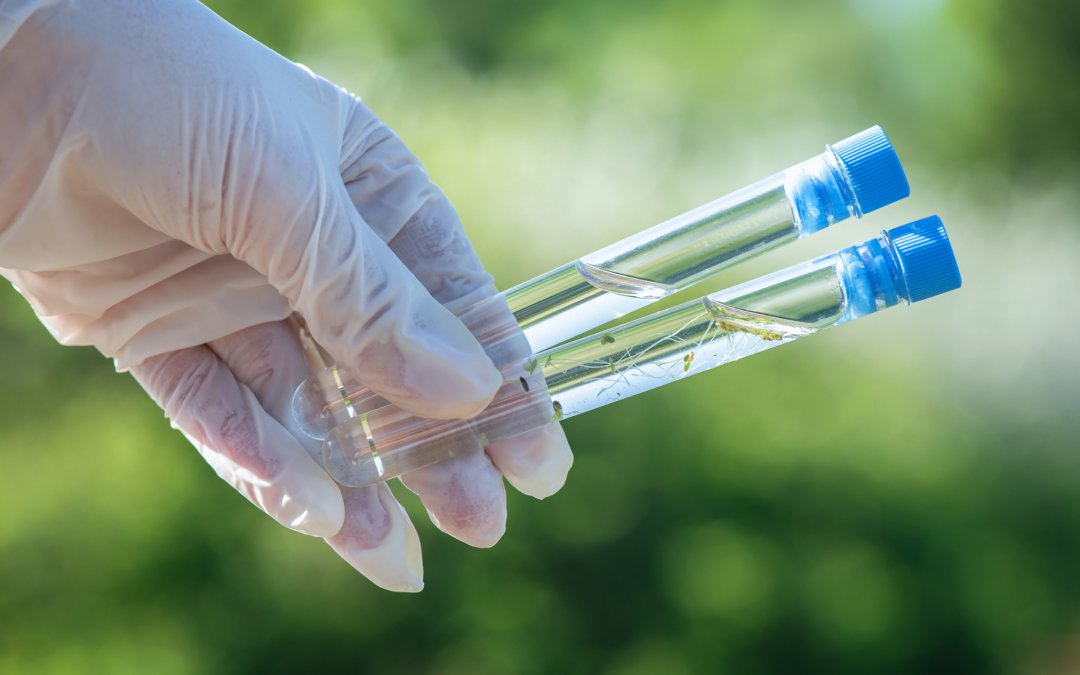Clean and safe drinking water is essential for human health. Further, drinking clean water not only keeps us hydrated but protects against different water-borne diseases as well. Water quality testing systems are installed at community levels to ensure that community water systems provide safe drinking water to the public. The testing identifies potential health hazards such as lead, bacteria, viruses, pesticides, and other contaminants. Ensuring the safety of your tap water through regular testing helps protect your health and that of your family members.
In this blog, we will discuss water quality testing and its health.
Incidents like the Camp Lejeune water contamination lawsuit highlight that contaminated water imposes severe health risks. The importance of water quality testing in safeguarding against such risks cannot be overstated. Camp Lejeune, a U.S. Marine Corps base, faced a notorious case of water contamination with harmful chemicals. This incident emphasized the far-reaching consequences of compromised water sources on human health. Regular water quality testing is crucial for identifying contaminants like those involved in the Camp Lejeune case, ensuring the safety of your tap water, and protecting your family from potential health hazards. By staying informed through testing, you contribute to a healthier environment and prevent the adverse effects of contaminated water on your well-being.

What Is Water Quality Testing?
Water quality testing is an analytical process that measures the physical, chemical, and biological characteristics of any given body of water. The tests can identify pollutants or impurities that could be harmful to human health.
The Environmental Protection Agency (EPA) sets standards for public drinking water systems to limit the levels of pollutants in tap water. These contaminants include chlorine byproducts, coliform bacteria, nitrates, and nitrites (from fertilizer); lead, copper, and other metals from plumbing materials; herbicides or pesticides from agriculture activities and carcinogenic organic chemicals. Some distinctive water quality testing parameters are also mentioned by EPA in which the testing is done.
Water samples are collected at various locations within distribution systems before delivery to consumers. Samples are also collected daily from treatment facilities to ensure compliance with EPA regulations.
Why Is Water Quality Testing Essential?
Water contamination has serious potential adverse effects on human health. Polluted tap water often causes gastrointestinal diseases like diarrhea or cholera outbreaks when fecal-contaminated groundwater enters untreated private wells regulated under no federal requirements.
Contaminants may cause a range of illnesses in people who drink polluted or contaminated waters regularly:
– Bacterial infections: Bacteria such as E.coli (Escherichia coli), Campylobacteriosis sppShigella dysenteriae type 1 & Hepatitis A virus infect via the fecal-oral route, causing stomach cramps.
– Heavy metal poisoning: Heavy metals poisoning leads to kidney damage over time, e.g., Lead exposure increases blood pressure resulting in heart disease
– Pesticides And Chemicals Exposure: Long-term exposure to pesticides and chemicals may result in reproductive problems, birth defects, or cancer.
– Radionuclides Exposure: Long-term exposure to radium and uranium in groundwater increases the risk of developing bone or liver cancers.
Who Needs Water Quality Testing?
If you live in a city that receives its water from a public treatment facility, water quality testing is required. The treatment facilities should already be tested, but it’s important for homeowners or landlords relying on private wells for their drinking water to test regularly. Well, water should be tested before moving into a new property. In case the well is over 10 years old, maintenance repairs such as replacing cracked seals, valves, and wall coverings may cause contaminants like bacteria to enter your private water supply.
Homeowners with aging pipes should also test their tap water for lead release because older homes were constructed with lead-based piping materials and fixtures which still leach toxic amounts of lead into drinking consumables above EPA standards.
When Should You Test Your Water?
Testing your water at least once every year is recommended by experts. The best time to test your home’s tap water would be during springtime when it is wetter than usual – runoff from snowmelt flows through streams picking up harmful contaminants and washing them away into underground aquifers later tapped by wells.
Special situations where testing is required:
– Homeowners with newborn babies: Infants are susceptible to diseases caused by contaminated waters
– Pregnant women: Unsafe waters may cause low birth weight children
– Illness outbreaks: For specific bacteria, culprits prompt action needs to be taken, e.g., boil advisories issued while further testing conducted
What Will Water Quality Testing Reveal?
Water quality reports include information regarding any pollutants detected in the sample(s). They typically indicate whether or not contaminant levels are acceptable under EPA regulations.
It’s important to understand what each section means; control limits established; these numbers help professionals compare results & respond accordingly:
- Physical Characteristics: This section includes characteristics visible from a sample’s physical features. For example, cloudy, turbid water means suspended solids, meaning the water may be contaminated with harmful bacteria or viruses.
- Chemical Analysis: This section measures the presence and concentration of chemicals (organic & inorganic) present in the sample using either EPA-approved laboratory methods or In-house devices like TDS meters. They measure total dissolved solids like chlorine levels, nitrates, and heavy metals and report them according to EPA maximum contaminant rules (MCL).
- Biological Characteristics: This section tests for bacteria such as coliform, microbial matter, and pathogens already invisible to the naked eye, which could spread viruses including cholera, dysentery, typhoid, fever, E Coli, and other amoebic infections.
Conclusion
To ensure you get safe drinking water, conduct water quality testing once a year in your home. Local community-level water testing is done, but to be on the safer side, you can conduct it yourself too. So consume safe drinking water and stay healthy!
